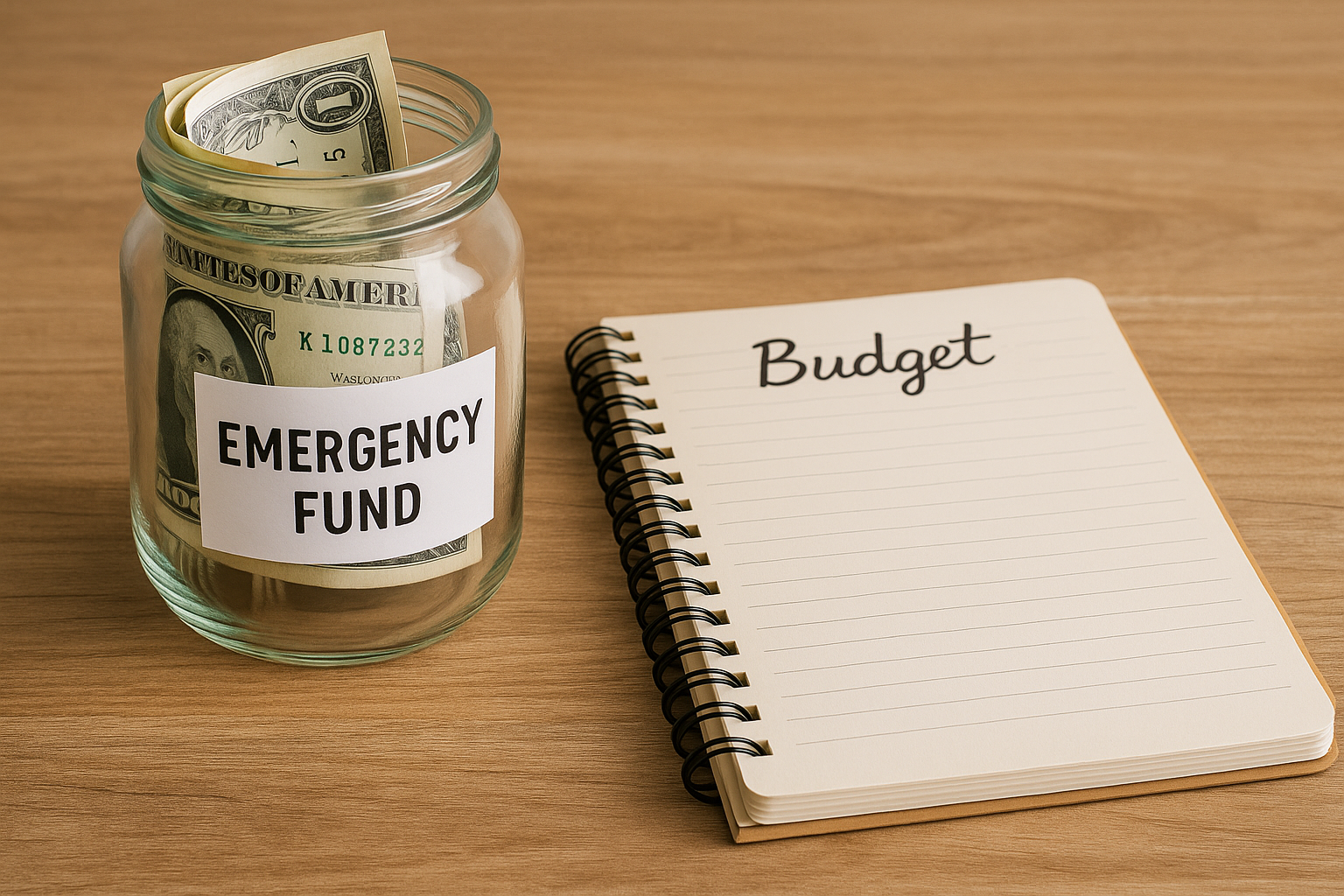A small reserve can handle minor disruptions, but larger financial shocks require a more substantial buffer. Unexpected expenses—such as extended job loss or a major medical bill—often exceed the capacity of a limited fund. When this happens, the gap is usually filled with borrowing, which restarts the cycle of repayment and delays long-term progress.
Many people believe that once the most urgent debts are reduced, savings can be postponed. This assumption leaves them exposed to events that do not fit into predictable budgets. Without preparation, these disruptions require urgent responses, and urgent responses often come with higher costs.
A complete emergency fund is not designed for convenience. It functions as a dedicated barrier between a household and the need for new debt. Building it requires sustained focus until the reserve is large enough to handle substantial, unplanned expenses without changing other financial commitments. The difference between a partial fund and a complete one is measured not in dollars alone but in the ability to continue following a long-term plan when conditions change unexpectedly.
Common Disruptions and Their Financial Impact
Large, unplanned expenses occur in every household, though their timing and scale are difficult to predict. Extended job loss, significant medical treatment, vehicle replacement, and major home repairs are among the most common examples. Each can exceed the coverage of a small starter fund within days. When no additional reserve exists, the shortfall is often met with borrowing, which creates a new repayment obligation.
Job loss has a particularly high impact because it affects both sides of the financial equation. Income stops or is reduced while expenses continue. Even in households with unemployment benefits, the gap between reduced income and ongoing costs can quickly erode any small savings. Without a larger buffer, the only immediate options may be credit cards, loans, or withdrawing from long-term investments—each of which carries costs beyond the original expense.
Medical expenses can be equally disruptive. Even with insurance, deductibles, co-pays, and uncovered treatments can add up quickly. These costs are often accompanied by additional indirect expenses such as time away from work or travel to treatment facilities. A small reserve may cover one of these elements but not all, leading to a partial solution that still requires borrowing to bridge the gap.
Vehicle breakdowns and home repairs have a similar pattern. Replacing a transmission, fixing a roof, or repairing a heating system can cost far more than a small fund can cover. Delaying these repairs often creates additional expense or risk, forcing a decision to use credit rather than wait. The speed with which these issues need to be addressed leaves little time to arrange lower-cost solutions.
These examples show why a complete emergency fund must account for both the size and urgency of potential disruptions. The events themselves cannot be prevented, but their financial impact can be absorbed without creating new debt when the reserve is large enough. A fund that covers only minor issues offers limited protection against the most costly and destabilizing events.
Patterns Without a Large Reserve
When no substantial reserve exists, unplanned expenses are often managed through borrowing. Credit cards, personal loans, and lines of credit become the immediate tools for covering costs. While these options provide short-term solutions, they also introduce new repayment obligations that reduce future cash flow. Each payment made toward the borrowed amount represents money no longer available for other goals.
This reliance on debt during emergencies restarts the repayment cycle. Progress made toward reducing balances is reversed, and the focus shifts from long-term goals back to short-term crisis management. Even when the borrowed amount is repaid, interest charges increase the total cost of the original expense.
Urgency changes decision-making. When a vehicle must be repaired immediately or a home system fails in the middle of a season, there is little opportunity to compare prices, schedule at the lowest cost, or negotiate. Without savings to delay the decision, the most accessible option is chosen, even if it is more expensive. Over time, repeated urgent choices create higher overall spending.
A lack of a large reserve also affects how risk is perceived. Households without a buffer may avoid addressing maintenance issues or postpone necessary work in an effort to delay costs. This can result in larger, more expensive problems later. In this way, the absence of a reserve not only increases vulnerability to immediate disruptions but can also magnify future ones.
The Structure of Building a Full Emergency Fund
A complete emergency fund is generally defined as covering three to six months of essential expenses. This amount provides the capacity to manage significant disruptions without relying on new debt. Essential expenses include housing, utilities, food, transportation, insurance, and other core obligations that must be met regardless of income changes.
The process of building this fund typically begins after high-interest debts have been repaid and cash flow becomes available. Redirecting the payments that were previously used for debt toward the savings account allows steady growth without requiring additional income. Consistency is more important than speed. Regular contributions, even if modest, accumulate over time into a reserve that meets the target amount.
Segregating the emergency fund from other accounts is critical. When it is kept separate from general savings or spending accounts, the balance is less likely to be used for non-emergency purposes. This separation also makes it easier to track progress toward the goal and to confirm that the fund remains intact over time.
Milestones provide practical checkpoints in the saving process. Reaching the equivalent of one month’s expenses, then two, and so on, offers tangible markers of progress. These markers help maintain focus, especially when the target amount may take months or years to achieve. Each milestone reached increases the household’s ability to manage unexpected costs without disruption.
A complete emergency fund changes how households respond to financial disruption. With three to six months of essential expenses available, unexpected events can be managed without taking on new debt. This protection allows other financial plans to continue without interruption, even when income is reduced or major costs arise. Building and maintaining the fund requires consistency, separation from other accounts, and a clear target. Once in place, it becomes a permanent safeguard against setbacks that could reverse progress.
Finance Health
Focused on long-term growth and financial resilience, Finance Health is a voice of compound interest, consistency, and the long game.







